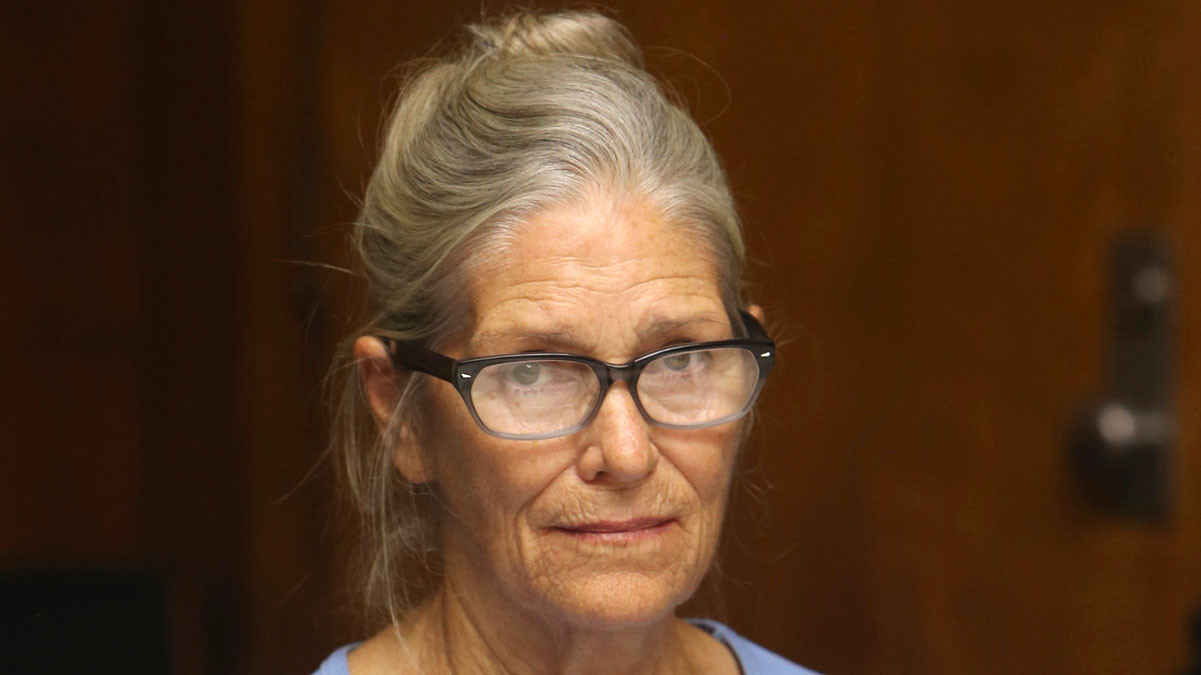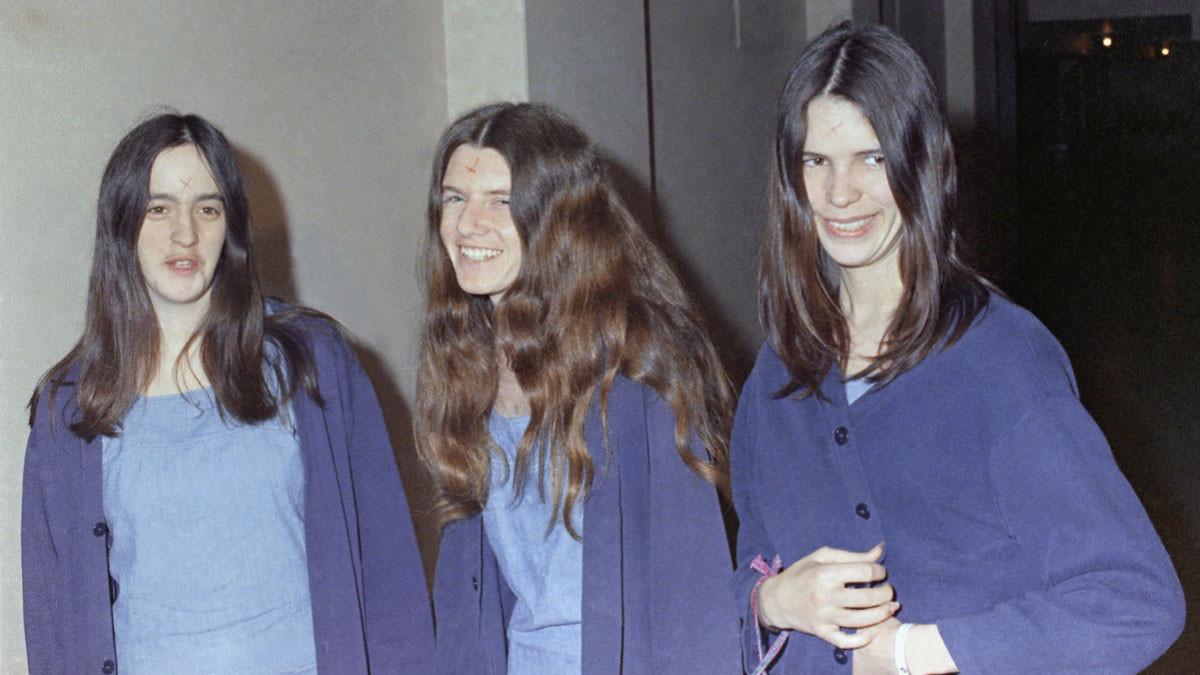In the summer of 1969, the name Charles Manson became synonymous with unspeakable horror as his devoted followers unleashed a wave of violence across Los Angeles, forever branding themselves into the dark annals of American crime history as the Manson Family. These Manson Family Murders, spanning two terrifying nights, not only claimed the lives of innocent individuals but also shattered the peace and innocence of a generation. The chilling details of the Manson Family murders continue to captivate and disturb, serving as a stark reminder of the depths of human depravity and the power of manipulation.
Recently, the release of Leslie Van Houten, a key member of the Manson Family, after serving over five decades in prison, has reignited public interest and debate surrounding these infamous crimes. Van Houten is the only individual directly involved in the notorious Tate-LaBianca murders to have been granted freedom, making her case particularly significant in the ongoing narrative of the Manson Family murders.
The Gruesome Murders of August 1969
The Manson Family murders commenced on the night of August 8, 1969, at the secluded Hollywood Hills residence of Roman Polanski and his wife, the pregnant actress Sharon Tate. Members of the Manson Family, driven by Charles Manson’s twisted ideology, brutally murdered Sharon Tate and four others present at the home: the celebrated hairstylist Jay Sebring, heiress Abigail Folger, and aspiring screenwriter Wojciech Frykowski. Tragically, Steven Parent, a teenager who was visiting the property’s caretaker, also fell victim to the Manson Family murders, encountering the perpetrators as they arrived and being shot dead in his car. The savage nature of these Manson Family murders sent shockwaves through Hollywood and beyond, instilling fear and disbelief.
The following night, Charles Manson himself led a group, including Leslie Van Houten, to the Los Feliz home of Leno and Rosemary LaBianca, a wealthy couple who owned a grocery store chain. Manson bound the LaBiancas and then left his followers to commit another set of horrific Manson Family murders. Leno and Rosemary LaBianca were brutally stabbed to death in their own home, further cementing the terror associated with the Manson Family murders in the public consciousness.
Beyond the Tate-LaBianca Manson Family murders, the Manson Family was also responsible for the deaths of musician Gary Hinman and Hollywood stuntman Donald “Shorty” Shea, in separate incidents, expanding the scope of their murderous spree and the overall tragedy of the Manson Family murders.
The Killers: Unmasking the Manson Family
The Manson Family, at its core, was a cult led by Charles Manson, a charismatic yet manipulative figure who attracted a group of predominantly young, lost individuals. The summer of 1969, often romanticized as the “Summer of Love,” was brutally disrupted by the Manson Family murders, exposing a dark underbelly to the era’s counterculture movement.
Charles Manson: The mastermind behind the Manson Family murders, Charles Manson was a career criminal who, in the late 1960s, reinvented himself as a guru. He preyed on vulnerable young people, particularly women, drawing them into his orbit with promises of acceptance and a warped philosophy. Manson’s ideology, fueled by a misinterpretation of the Beatles’ song “Helter Skelter,” centered on triggering a race war, a motive prosecutors attributed to the Manson Family murders. Even decades after his conviction for the Manson Family murders, Manson remained a disturbing figure, alternately denying and boasting about his role in the killings. He died in prison in 2017 at the age of 83, having spent nearly 50 years incarcerated for the Manson Family murders and related crimes.
Susan Atkins: Convicted for her involvement in the Tate, LaBianca, and Hinman Manson Family murders, Susan Atkins was a runaway who met Manson in 1967. Atkins played a chilling role in the Manson Family murders, and her boastful confession to a cellmate ultimately helped break the case open. During the trial for the Manson Family murders, she recounted the gruesome details, including stabbing Sharon Tate as the actress pleaded for her life. Atkins, who later claimed to have found religion in prison, died of cancer in 2009 at 61 years old, having remained incarcerated for her part in the Manson Family murders.
Leslie Van Houten: Leslie Van Houten’s trajectory from a high school homecoming princess to a participant in the Manson Family murders is a disturbing example of how drastically life can derail. Van Houten was not involved in the Tate murders but participated in the LaBianca Manson Family murders the following night. She admitted to holding Rosemary LaBianca down while others stabbed her and then, under orders from Charles “Tex” Watson, stabbing LaBianca herself multiple times. Despite her involvement in the Manson Family murders, Van Houten demonstrated significant rehabilitation while in prison, earning degrees and participating in programs for inmates. After numerous parole recommendations and rejections, she was finally released in 2023, becoming the only participant in the Tate-LaBianca Manson Family murders to gain freedom.
Patricia Krenwinkel: Patricia Krenwinkel, another devoted follower of Manson, was deeply involved in the Manson Family murders. She participated in both the Tate and LaBianca killings, repeatedly stabbing Abigail Folger and Leno LaBianca. Krenwinkel also infamously used Leno LaBianca’s blood to write messages on the walls, including “Helter Skelter,” further linking the Manson Family murders to Manson’s twisted ideology. Despite claiming to be reformed, Krenwinkel remains incarcerated, having been repeatedly denied parole for her role in the Manson Family murders.
Charles “Tex” Watson: Charles “Tex” Watson was a key figure in the Manson Family murders, leading the group to the Tate residence and participating in the killings at both locations. Watson shot Steven Parent and was directly involved in the brutal murders of the other victims. Like Atkins, Watson also became a born-again Christian in prison and established a prison ministry. He has repeatedly been denied parole, remaining imprisoned for his central role in the Manson Family murders.
 Leslie Van Houten during a court appearance.
Leslie Van Houten during a court appearance.
 Mugshots of Manson Family members.
Mugshots of Manson Family members.
The Victims: Lives Tragically Cut Short by the Manson Family Murders
The Manson Family murders robbed the world of several vibrant lives, each with their own promise and potential. The victims of the Manson Family murders are often overshadowed by the notoriety of the perpetrators, but their stories are equally important in understanding the full tragedy of these events.
Sharon Tate: Sharon Tate, a rising Hollywood star, was a prominent victim of the Manson Family murders. At 26 years old and eight and a half months pregnant, Tate pleaded for the life of her unborn child but was brutally murdered. Her tragic death during the Manson Family murders became a symbol of the senseless violence inflicted by the Manson Family. Tate’s mother and sister dedicated their lives to victims’ rights advocacy in the aftermath of the Manson Family murders, demonstrating the lasting impact of these crimes.
Jay Sebring: Jay Sebring, a celebrated hairdresser and Sharon Tate’s former boyfriend, was another victim of the Manson Family murders at the Tate residence. Sebring, a successful entrepreneur who revolutionized men’s hairstyling, also pleaded for Tate’s life before being killed. His presence at the scene made him a target in the Manson Family murders, highlighting the indiscriminate nature of the violence.
Wojciech Frykowski and Abigail Folger: Wojciech Frykowski, a friend of Roman Polanski, and Abigail Folger, the heir to the Folger coffee fortune, were also among those murdered in the Tate residence during the Manson Family murders. Frykowski, an aspiring screenwriter, and Folger, a social activist, were caught in the wrong place at the wrong time, becoming victims of the Manson Family’s rampage.
Steven Parent: Steven Parent, the young man visiting the caretaker at the Tate property, was an unintended victim of the Manson Family murders. Parent’s death underscores the random and opportunistic nature of the Manson Family’s violence, as he was simply in the wrong place when they arrived to commit the Manson Family murders.
Leno and Rosemary LaBianca: Leno and Rosemary LaBianca, a successful and respected couple, were targeted in the second night of the Manson Family murders. Their lack of connection to the Hollywood scene emphasized the random nature of the Manson Family’s selection of victims, broadening the sense of fear and vulnerability in the wake of the Manson Family murders.
Other Key Players in the Manson Family Saga
Beyond the core killers and victims of the Manson Family murders, several other individuals played significant roles in the broader narrative of the Manson Family and its aftermath.
Lynette “Squeaky” Fromme: Lynette “Squeaky” Fromme, though not directly involved in the Tate-LaBianca Manson Family murders, remains a notorious figure associated with the Manson Family. Fromme later attempted to assassinate President Gerald Ford, further cementing the Manson Family’s association with violence and extremism.
Linda Kasabian: Linda Kasabian was a crucial witness in the prosecution of the Manson Family murders. Kasabian, who was present at the Tate residence but did not directly participate in the killings, was granted immunity in exchange for her testimony, which was instrumental in securing convictions for the Manson Family murders.
Bruce Davis and Steve “Clem” Grogan: Bruce Davis and Steve “Clem” Grogan were Manson Family members involved in the murders of Gary Hinman and Donald “Shorty” Shea, expanding the scope of the Manson Family murders beyond the Tate-LaBianca cases. Davis and Grogan’s crimes further illustrate the pervasive violence and criminal activity associated with the Manson Family.
Conclusion: The Enduring Scar of the Manson Family Murders
The Manson Family murders remain a chilling chapter in American history, a stark reminder of the capacity for evil and the devastating consequences of cult manipulation. Even decades later, the Manson Family murders continue to fascinate and horrify, explored in countless books, documentaries, and films. The release of Leslie Van Houten serves as a recent focal point, prompting renewed discussion about justice, forgiveness, and the enduring legacy of the Manson Family murders. The Manson Family murders not only represent a series of brutal crimes but also a cultural watershed moment, forever altering the perception of the late 1960s and leaving an indelible scar on the American psyche.

